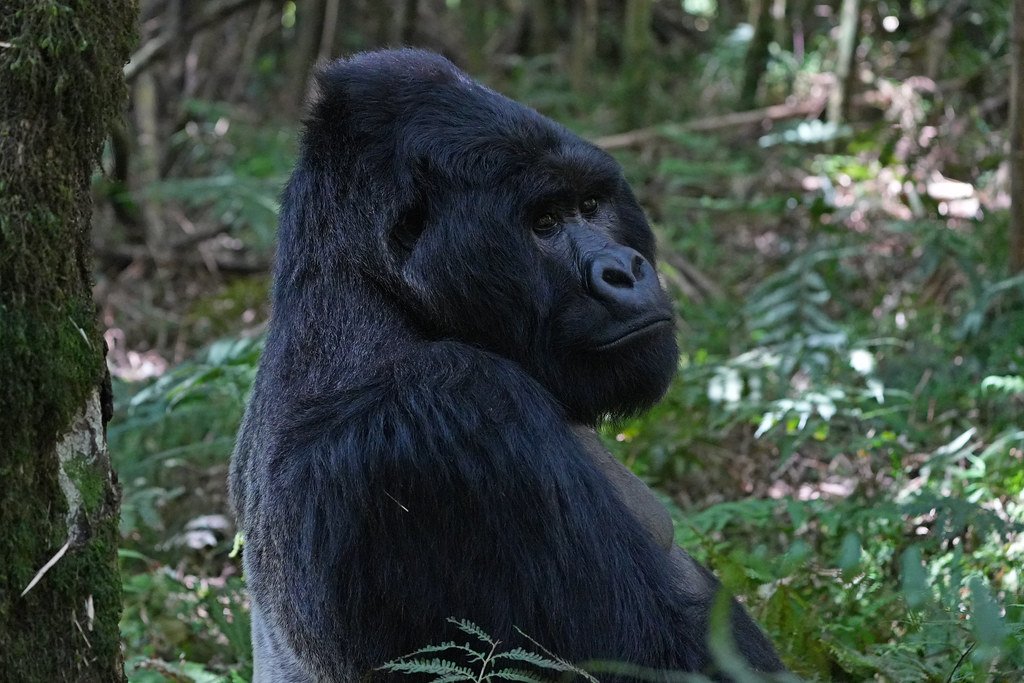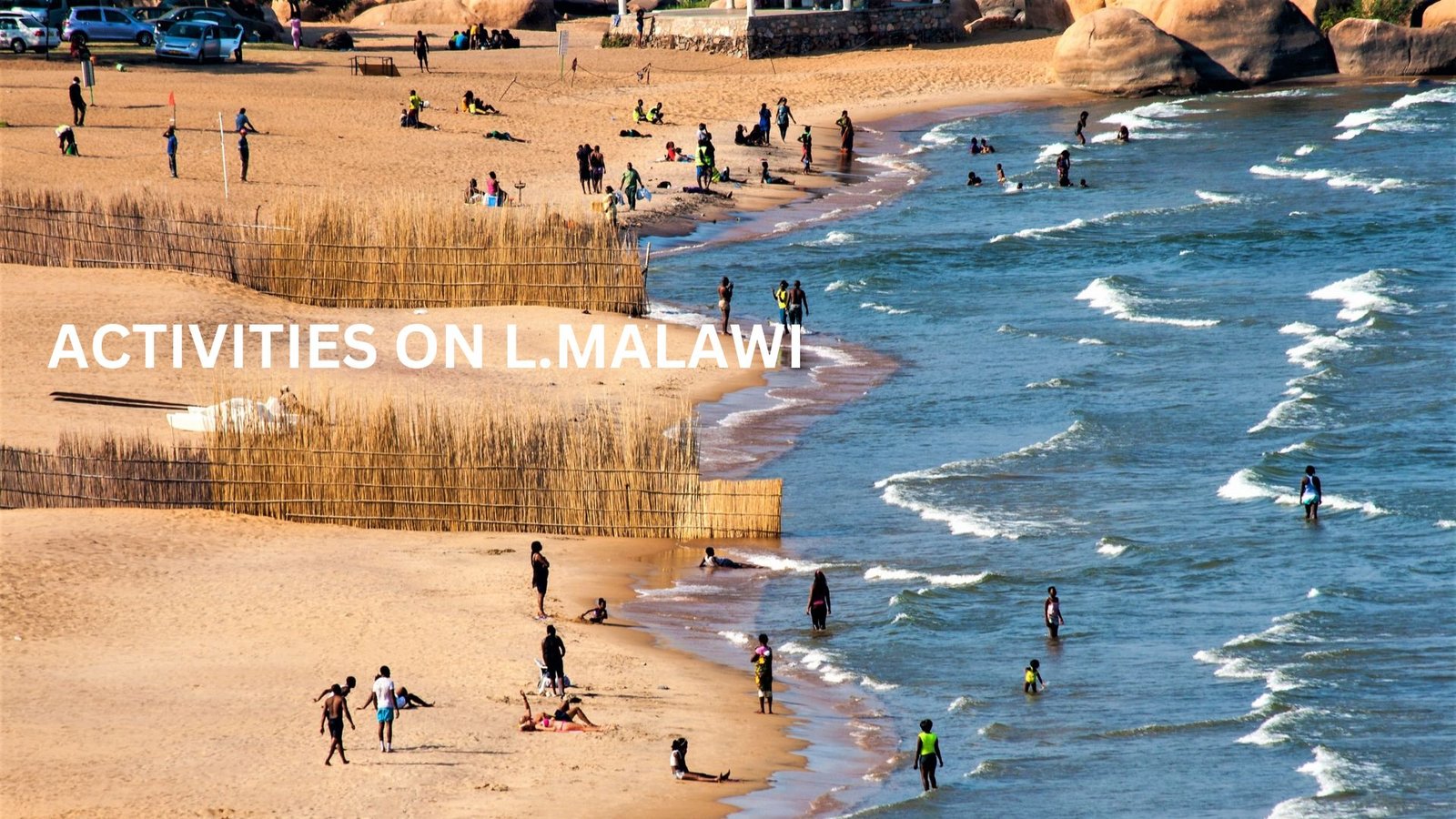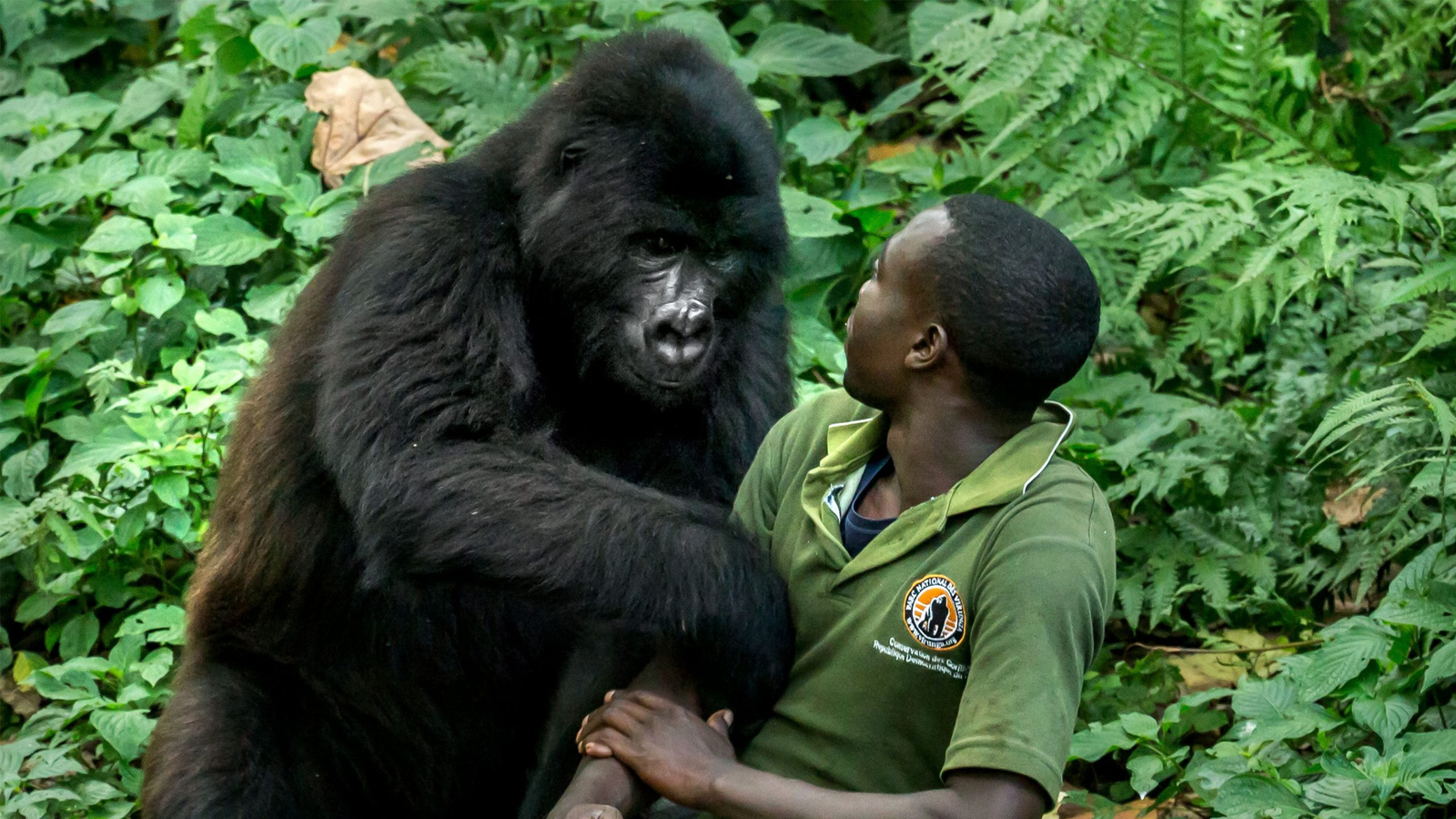Ten Facts About Gorilla Trekking in Bwindi
Gorilla trekking in Bwindi Impenetrable National Park is an awe-inspiring adventure that offers a rare and intimate encounter with one of the world’s most magnificent and endangered creatures—the mountain gorilla.
Nestled in the rugged landscapes of southwestern Uganda, Bwindi is a sanctuary of lush greenery and ancient forests, providing a haven for these remarkable creatures.

This unique experience allows visitors to step into the heart of gorilla territory, offering not only a glimpse into their complex social dynamics but also contributing to the vital conservation efforts aimed at ensuring their survival.
From the thrill of venturing through dense wilderness to the profound impact of sustainable ecotourism, exploring the world of gorilla trekking in Bwindi unveils a series of captivating facts that underscore the importance and wonder of this remarkable journey.
Here are ten facts about gorilla trekking in Bwindi:
- Location and Habitat:
Bwindi Impenetrable National Park is located in southwestern Uganda and covers an area of approximately 331 square kilometres. It is known for its dense, lush forest that provides a suitable habitat for the mountain gorillas.
The location and habitat of Bwindi Impenetrable National Park play a crucial role in making it an ideal environment for mountain gorillas and a prime destination for gorilla trekking. Here’s a more detailed elaboration on this aspect:
Location:
Bwindi Impenetrable National Park is situated in southwestern Uganda, bordering the Democratic Republic of Congo to the west and Rwanda to the south.
The park is part of the Albertine Rift, a geographical area known for its high levels of biodiversity. The diverse landscape of the park includes lush rainforests, bamboo forests, valleys, and steep hills. The area’s elevation varies between 1,160 to 2,607 meters (3,806 to 8,553 feet) above sea level.
Habitat:
Bwindi’s habitat is characterized by its dense, ancient rainforest, which is estimated to be around 25,000 years old. The park’s name, “Impenetrable,” reflects the thick vegetation that can make navigating the forest quite challenging. This forest type is known as “afro-montane” and is one of the most biologically diverse areas in Africa.
Biodiversity:
Apart from being a haven for mountain gorillas, Bwindi is home to over 120 species of mammals, 350 species of birds, 200 species of butterflies, and a multitude of plant species. It’s a UNESCO World Heritage Site due to its remarkable biodiversity.
Gorilla Habitat:
The forest’s varied vegetation zones provide the perfect habitat for mountain gorillas. They inhabit the higher elevations of the park, primarily in the dense bamboo and montane forest areas. These forests supply the gorillas with their main food sources: bamboo shoots, fruits, leaves, and other plant matter.
Ecosystem Services:
Bwindi’s forests play a critical role in maintaining local and regional ecological balance. They regulate water flow, prevent soil erosion, and help in carbon sequestration, contributing to climate regulation.
Human-Wildlife Interaction:
The proximity of Bwindi to local communities and agricultural lands can lead to human-wildlife conflicts. Efforts are made to mitigate these conflicts through community engagement, education, and sustainable development initiatives.
Conservation Challenges:
While the forest provides an excellent habitat for gorillas, it’s also under threat from activities like illegal logging, encroachment, and poaching. Conservation efforts are focused on protecting and preserving this unique habitat while ensuring sustainable use by both wildlife and local communities.
Research Opportunities:
Bwindi’s remote location and relatively intact ecosystem make it a valuable site for researchers studying various aspects of tropical rainforests, biodiversity, and gorilla behaviour.
In conclusion, Bwindi Impenetrable National Park’s location in the Albertine Rift and its diverse afro-montane rainforest habitat create the perfect setting for mountain gorillas to thrive.
The complex ecosystem provides food, shelter, and protection, making it an essential area for both the survival of these critically endangered animals and the overall health of the surrounding environment.
- Endangered Species:
Bwindi is home to nearly half of the world’s remaining population of mountain gorillas, making it a critical conservation area for this endangered species.
- Gorilla Groups:
The park is divided into several gorilla family groups, each with its own distinct set of gorillas led by an alpha silverback. These groups are habituated to human presence, allowing for safe and controlled interactions.
Gorilla groups in Bwindi Impenetrable National Park are social units composed of several individual gorillas, led by an alpha silverback male. These groups are an essential aspect of gorilla trekking, as they determine which family you will visit during your trekking experience.
Here’s more detailed information about gorilla groups:
Composition of Gorilla Groups:
Alpha Silverback:
Each gorilla group is led by an alpha silverback, which is the dominant and usually the oldest male in the group. The alpha silverback is responsible for making decisions, protecting the group, and maintaining order.
Subordinate Silverbacks:
Some gorilla groups might have additional silverbacks, known as subordinate silverbacks. These are usually younger males who are related to the alpha silverback, often his sons. They help in maintaining group cohesion and can eventually challenge the alpha for dominance.
Females:
Gorilla groups also consist of adult females, also called adult females. These females are related to the alpha silverback, either as his daughters, sisters, or other close relatives.
Juveniles and Infants:
The group includes young gorillas, both juveniles and infants. These young gorillas are cared for by their mothers and other members of the group. Juveniles learn important social behaviours and skills by interacting within the group.
Group Dynamics:
Gorilla groups have complex social structures and behaviours, and they exhibit a range of interactions that mirror those seen in human societies:
Dominance Hierarchy:
The alpha silverback is at the top of the hierarchy, with subordinate silverbacks and females ranked below. The hierarchy helps maintain order and minimize conflicts.
Breeding:
The alpha silverback has exclusive mating rights with the females in his group. This ensures the survival of his genetic lineage.
Family Bonds:
Females often remain in their natal group, maintaining strong bonds with their relatives. This network of relationships supports cooperation and mutual protection.
Protection and Défense:
The silverbacks play a vital role in protecting the group from external threats, including other gorilla groups and predators.
Communication:
Gorillas use a variety of vocalizations, body postures, and facial expressions to communicate within the group and establish social bonds.
Habituation:
The process of habituation involves gradually acclimating gorilla groups to human presence. This is essential for gorilla trekking, as habituated groups are less likely to react aggressively or flee when encountering humans.
Habituation is a careful process that can take several years and involves park rangers and researchers spending time near the gorillas without disturbing them.
Conservation Impact:
Gorilla groups serve as the cornerstone of mountain gorilla conservation efforts. Protecting and conserving these groups helps ensure the survival of the species.
The revenue generated from gorilla trekking permits contributes directly to these conservation efforts, including anti-poaching measures, habitat protection, and community development.
When you go gorilla trekking in Bwindi, you’ll have the privilege of observing the dynamics of a specific gorilla group and gaining insights into their behaviors and interactions. It’s a remarkable experience that fosters appreciation for these incredible creatures and the need for their conservation.
- Permits and Regulations:
To participate in gorilla trekking, you need to obtain a permit in advance, which allows you to visit a specific gorilla family for a limited time. Permits are limited to minimize human impact on the gorillas and their environment.
- Trekking Difficulty:
Gorilla trekking involves hiking through dense forest, sometimes in challenging terrain, to reach the gorilla families. The difficulty level of the trek can vary from relatively easy to quite strenuous, depending on the location of the gorilla group you’re visiting.
- Guided Experience:
All gorilla treks are guided by experienced park rangers and guides who are knowledgeable about the park, its wildlife, and gorilla behaviour. They provide insights and ensure safety during the trek.
- Meeting the Gorillas:
Once you locate the gorilla family, you’ll have a limited time (usually around one hour) to observe and photograph them from a designated distance. This minimizes stress to the gorillas and the risk of disease transmission.
- Respect for Wildlife:
Trekkers are required to maintain a safe distance of at least 7 meters (about 23 feet) from the gorillas to minimize the risk of disease transmission. Gorillas are susceptible to human illnesses.
- Cultural Interactions:
Bwindi is surrounded by local communities, and some tours incorporate cultural experiences, allowing you to learn about the traditions and lifestyles of the local people.
- Conservation Impact:
Revenue generated from gorilla trekking permits directly contributes to the conservation of the mountain gorillas and their habitat. It also supports local communities through employment opportunities and community development projects.
Remember that gorilla trekking is a highly regulated activity to ensure the well-being of both the gorillas and the visitors. It’s essential to follow the guidelines provided by the park authorities to have a positive impact on the conservation efforts and to enjoy a safe and memorable experience.




